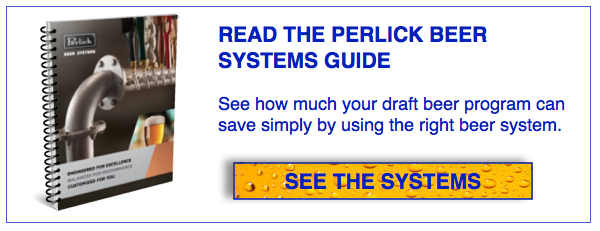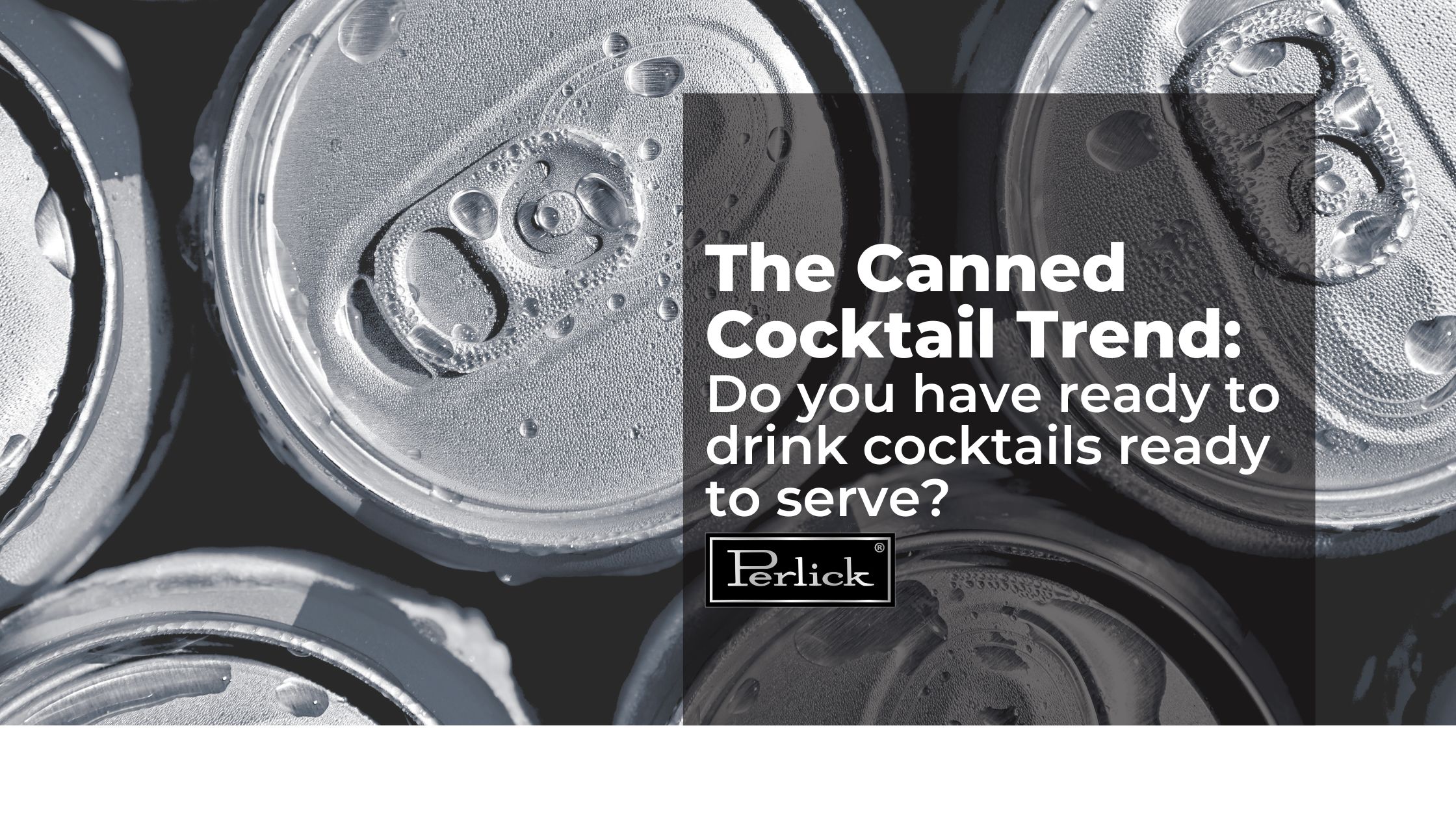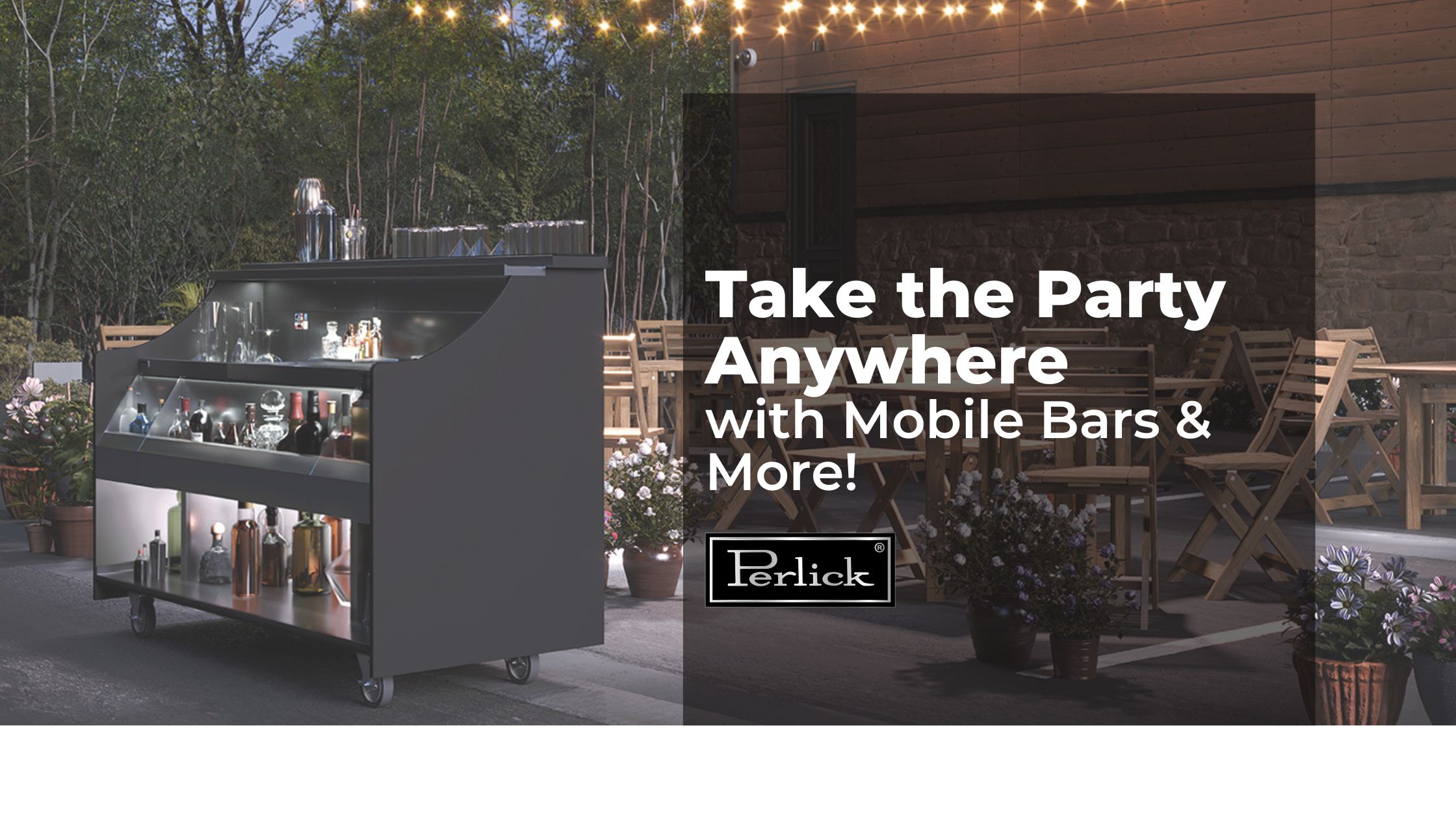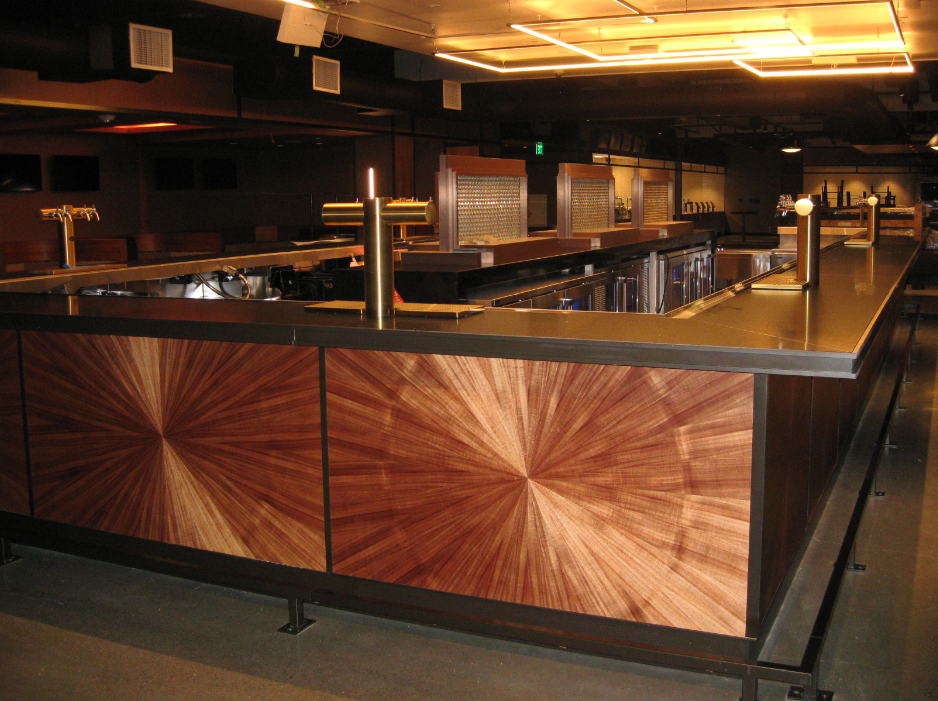When it comes to storing and serving beer, there can be a lot of contradictory advice. Everyone seems to have their own opinions on things ranging from serving temperatures to glass shapes, and it can be difficult to know what's right or wrong.
That's why we can turn to our friends and experts at the Brewers Association to answer some of the most asked questions on storing and serving beer. Here are the top four.
We're short on cooler space for a few days after we get our deliveries. Can we store bottles and untapped kegs at room temperature?
Both bottles and untapped kegs are best stored in a refrigerated environment. Beer loses its flavor and aroma faster when it's stored at warmer temperatures. According to experts at the Brewers Association, beer storage has what's known as the "3-30-300 rule."
Beer is considered no longer drinkable after:
- 3 days in the trunk of your car (90 degrees)
- 30 days at room temperature (72 degrees)
- 300 days in refrigeration (38 degrees)
Short-term storage at room temperature is okay, but move to 38 degrees and serve as soon as possible. If your venue is continually short on refrigeration space, it might be time to invest in a cooler or refrigerated cabinet.
What's the best temperature for a keg once it's been tapped?
The ideal temperature for tapped kegs is also 38 degrees. At this temperature, the carbonation is maintained. Beer is at risk of becoming flat when stored at over 38 degrees unless the draft system is balanced for higher temps. Once a keg is tapped, you'll want to make sure to regularly clean the draft lines. At an absolute minimum, the lines should be cleaned every two weeks. Cleaning may need to be done more often on longer lines or those that see heavy usage.
Some customers ask for a room temperature glass. Doesn't beer taste better in a frosted mug?
While there's something visually appealing about a frosted mug, the answer is a resounding, "No."
First, the sheet of ice that forms on the glass results in more foam. Secondly, that ice will often have a stale taste from the freezer. This "freezer burnt" taste will mix in with and dilute the beer flavor, and that's anything but appealing. Also, beer that is served too cold loses some of its flavor and will come across as blander than the brewers intended.
Craft beer is best served in a room temperature or slightly chilled glass. If you have customers that insist on a frozen glass, offer them a sample in a room temperature glass. They might be surprised at how good their favorite brew really tastes.
I've heard beers with a higher ABV taste best when served a little warmer. Is that true?
For some beers, the taste is optimized around 45-50 degrees. The ABV is more of a myth, though. It's typically more flavorful and robust beers, regardless of their ABV, that can taste the best at slightly higher temperatures.
It may require some experimentation to find the sweet spot for certain craft beers. If you're uncertain about serving temperatures, rely on the brewer's recommendations, as well as customer preferences.
Craft Breweries Put Their Trust in You
Craft breweries count on the establishments that serve their beer to deliver a great experience to customers. The proper storage and serving methods will preserve each beer's unique flavor. This allows customers to experience the beer just as the brewer intended.
When beer is served or stored improperly, both the taste and the quality is compromised. Not only is the brewery's reputation affected, but it doesn't look good for your establishment. For more information about the right commercial equipment for storing and serving beer, please check out our free beer systems guide.








